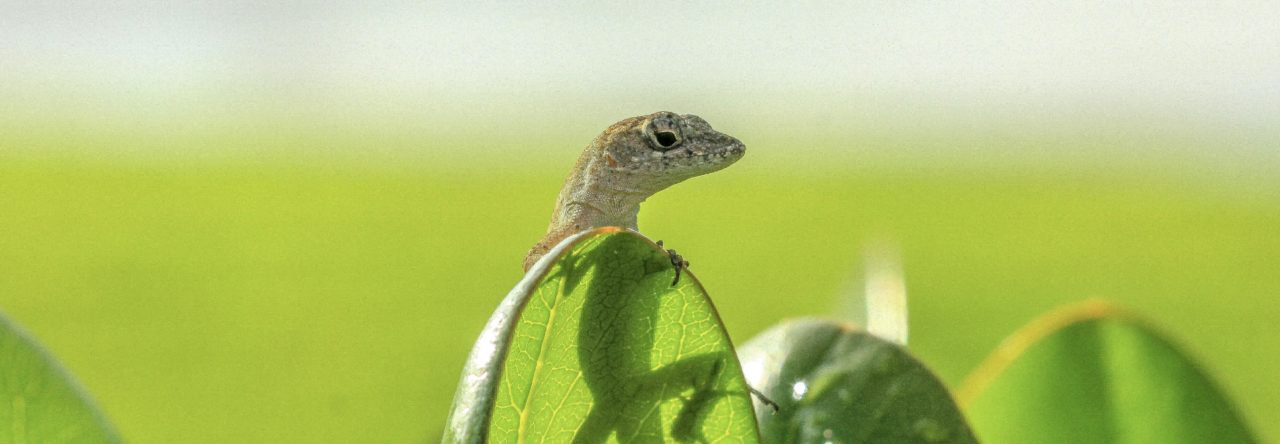Thanks to all of you that have sent in photos for our calendar contest! For those who haven’t sent anything yet, now’s your chance – there is ONE WEEK left before the deadline (next Monday, November 6) so if you plan to submit, be sure to do so soon!
To remind you, the rules are here:
Submit your photos (as many as you’d like) as email attachments to anoleannalsphotos@gmail.com. To make sure that your submissions arrive, please send an accompanying email without any attachments to confirm that we’ve received them. Photos must be at least 150 dpi and print to a size of 11 x 17 inches. If you are unsure how to resize your images, the simplest thing to do is to submit the raw image files produced by your digital camera (or if you must, a high quality scan of a printed image). If you elect to alter your own images, don’t forget that it’s always better to resize than to resample. Images with watermarks or other digital alterations that extend beyond color correction, sharpening and other basic editing will not be accepted. We are not going to deal with formal copyright law and ask only your permission to use your image for the calendar and related content on Anole Annals (more specifically, by submitting your photos, you are agreeing to allow us to use them in the calendar). We, in turn, agree that your images will never be used without attribution and that we will not profit financially from their use (the small amount of royalties we receive are used to purchase calendars for the winners). Please only submit photos you’ve taken yourself, not from other photographers–by submitting photos, you are declaring that you are the photographer and have the authority to allow the photograph to be used in the calendar if it is chosen.
Please provide a short description of the photo that includes: (1) the species name, (2) the location where the photo was taken, and (3) any other relevant information. Be sure to include your full name in your email as well.
Thank you and good luck!













